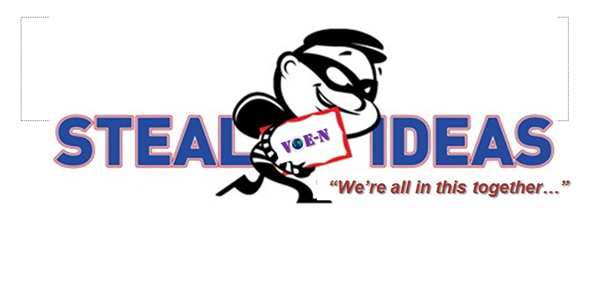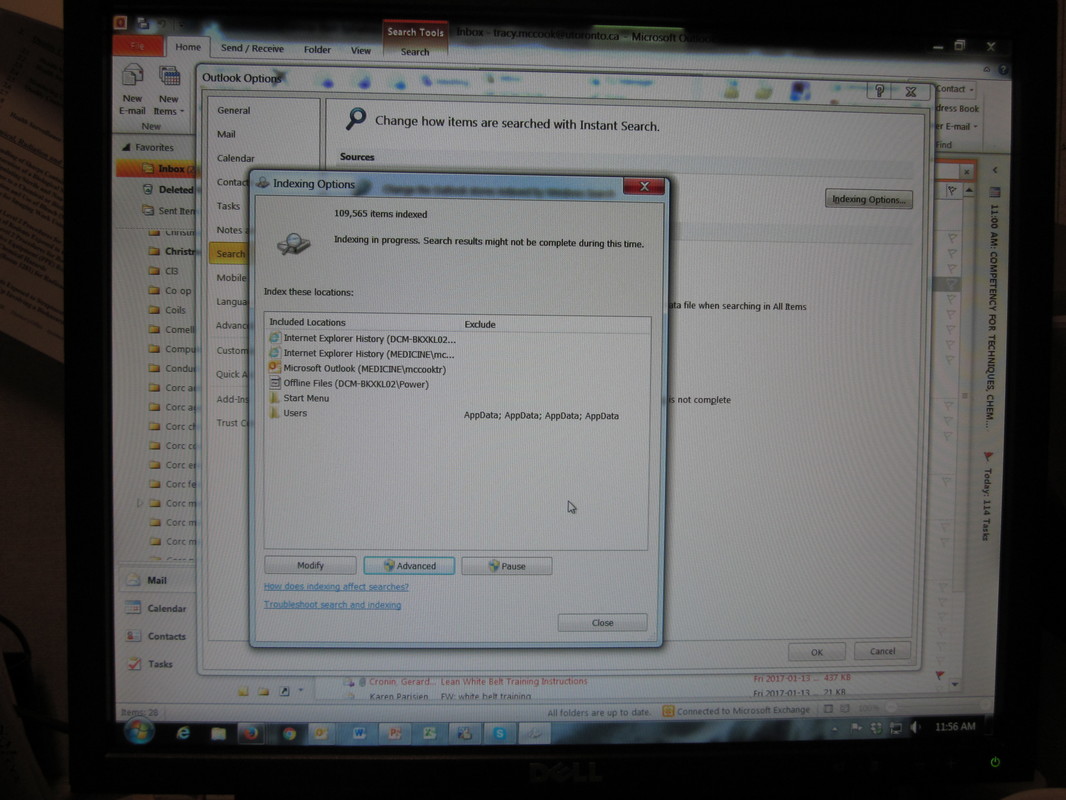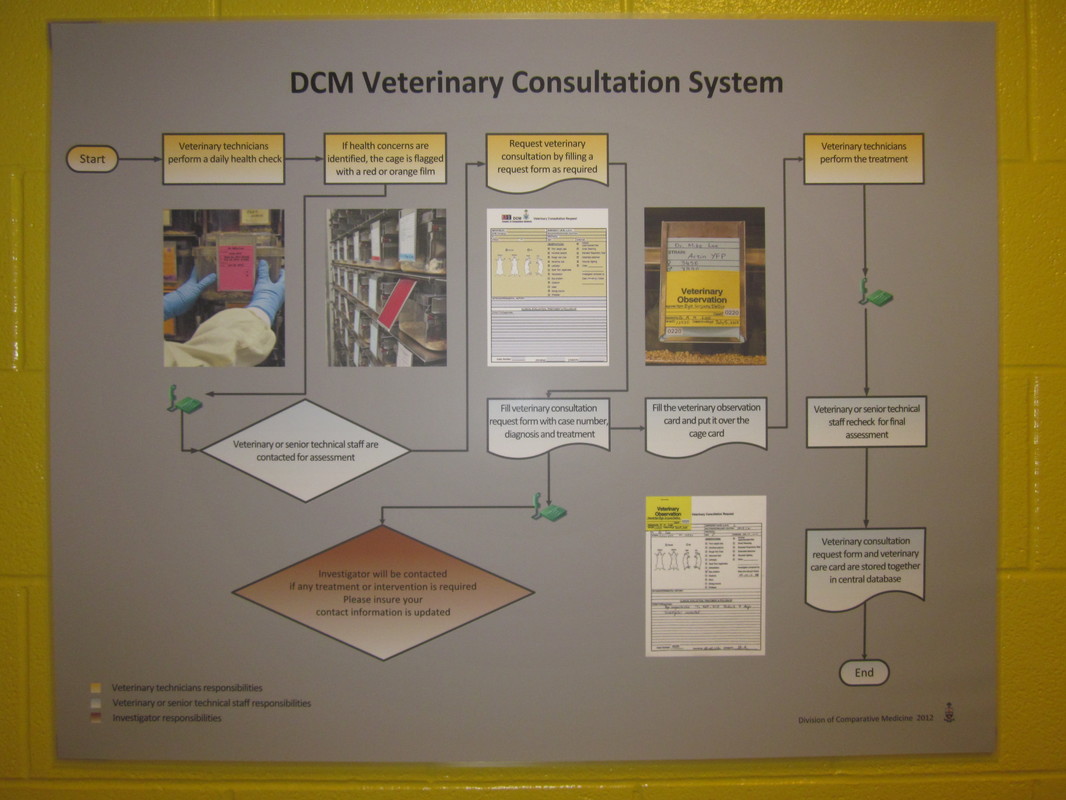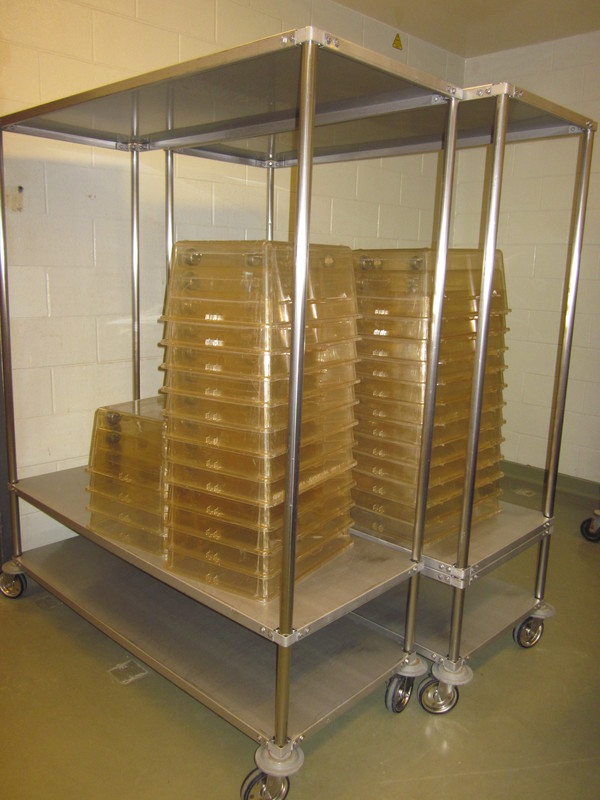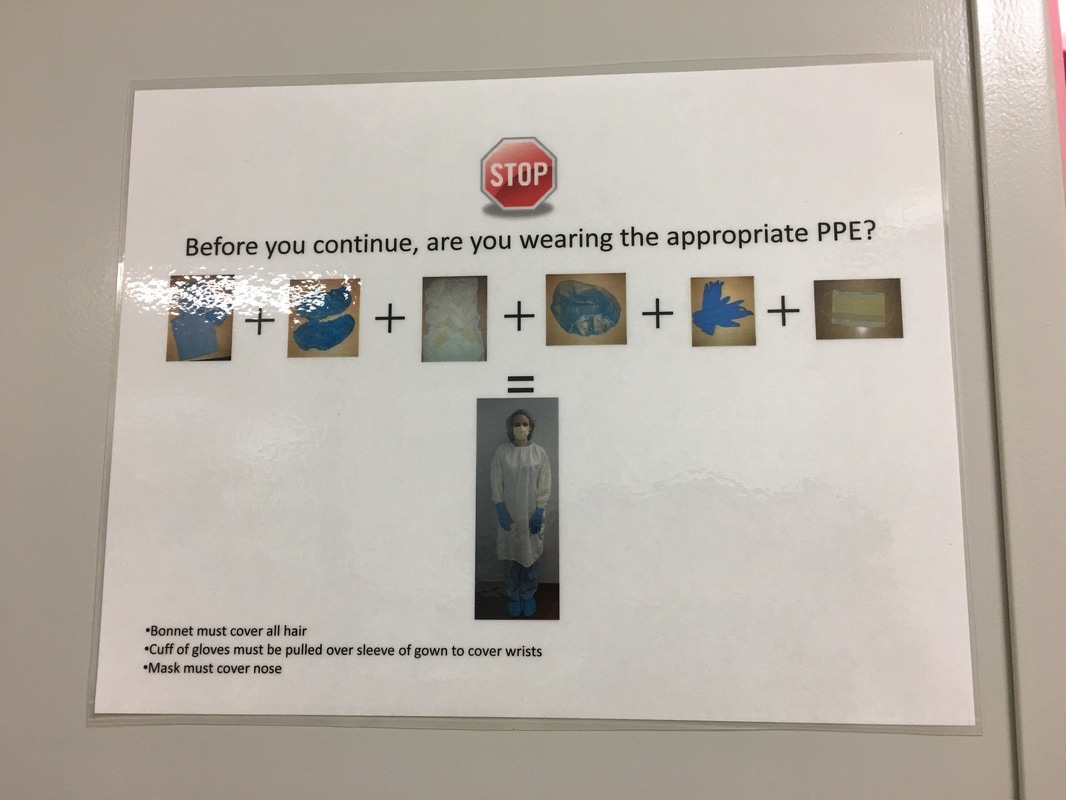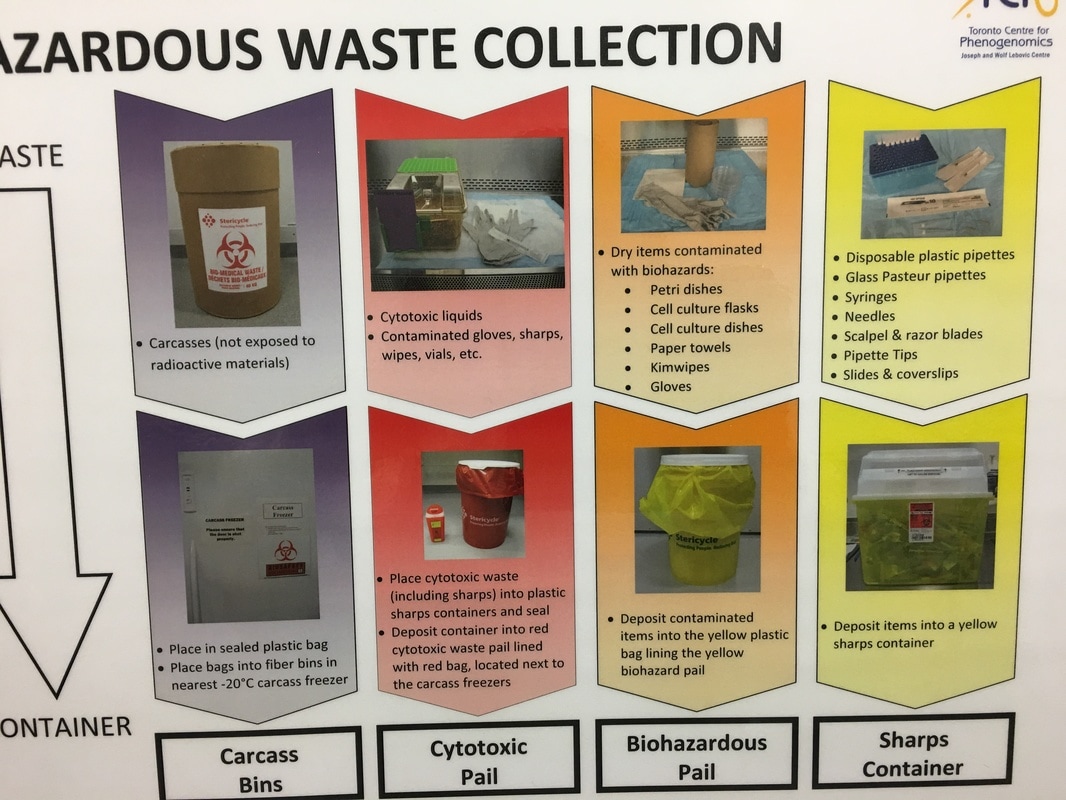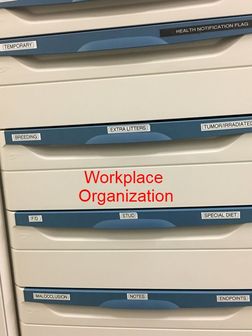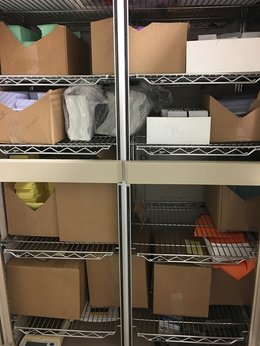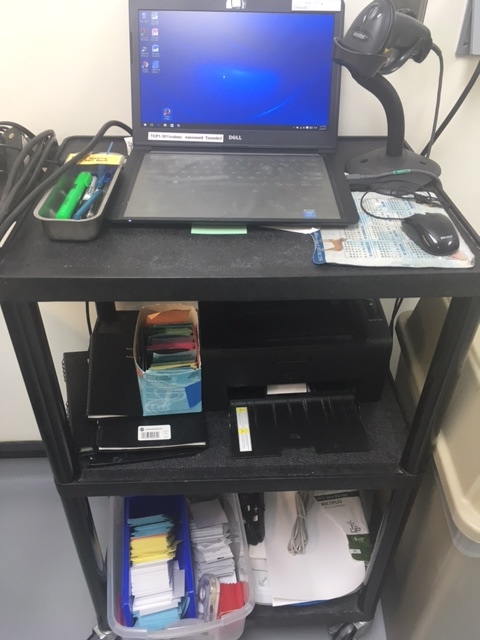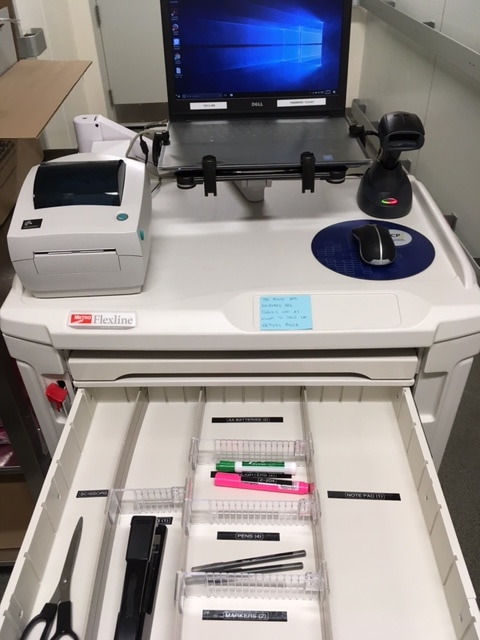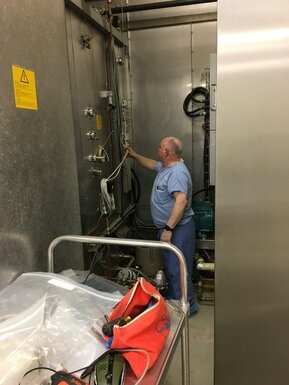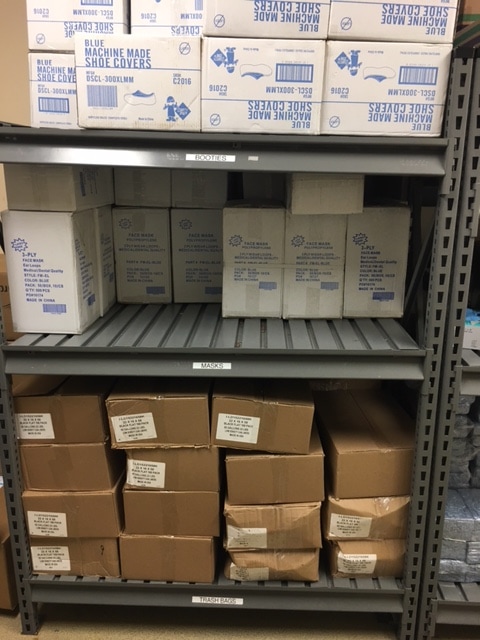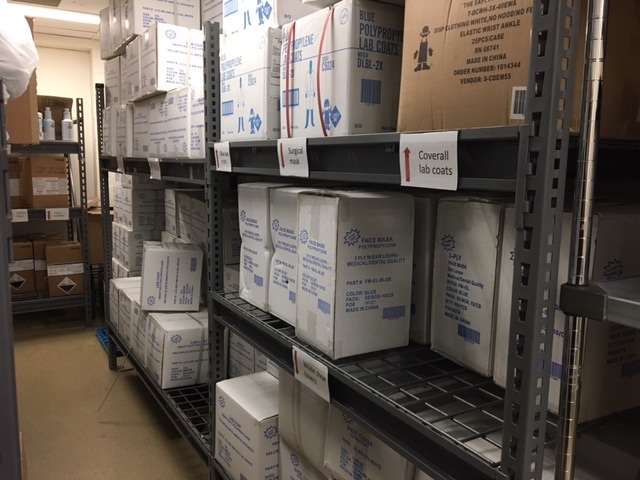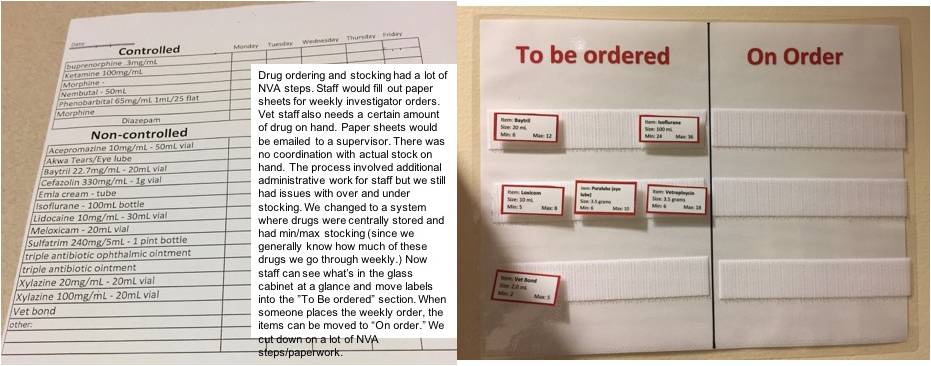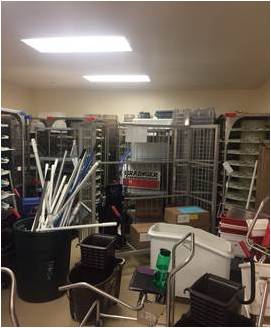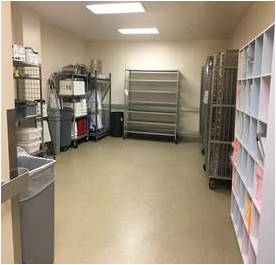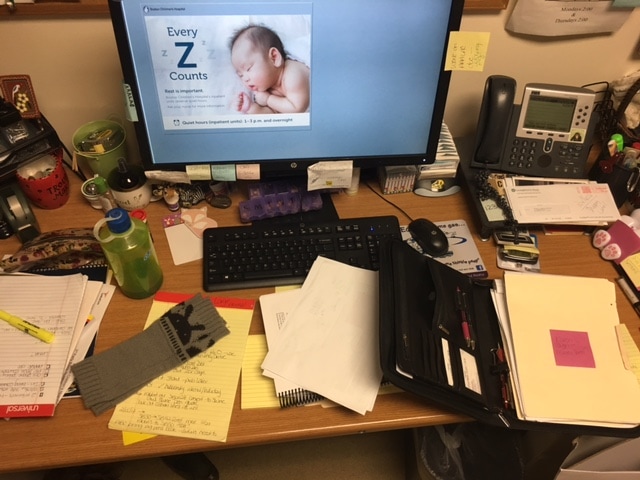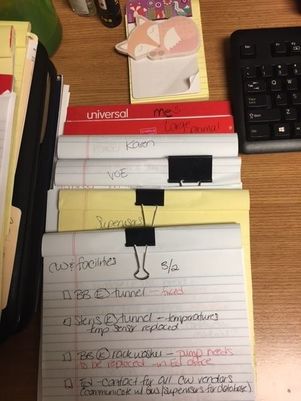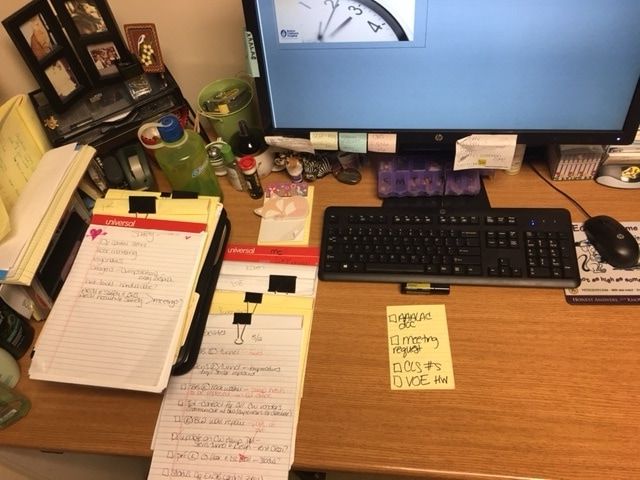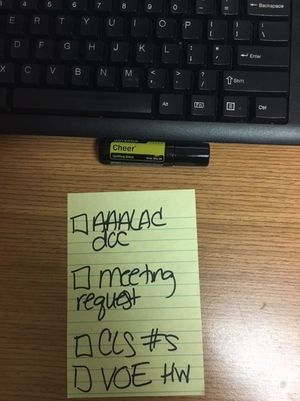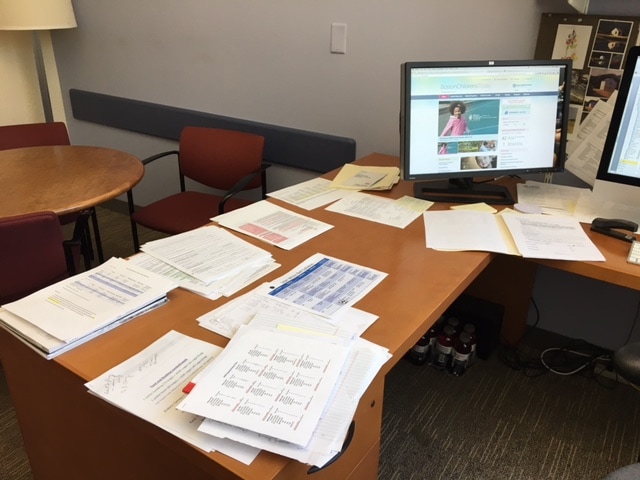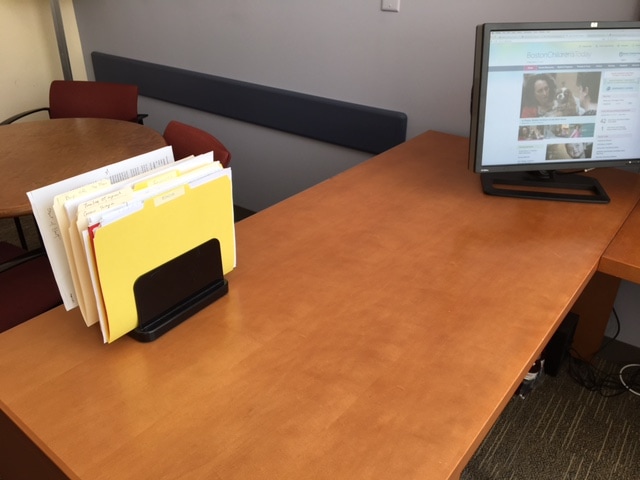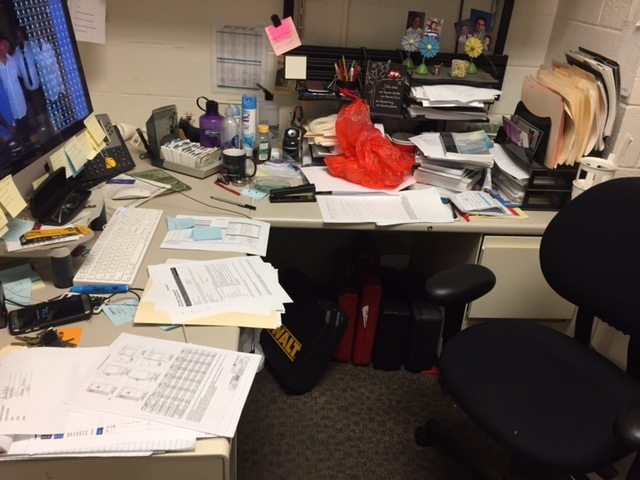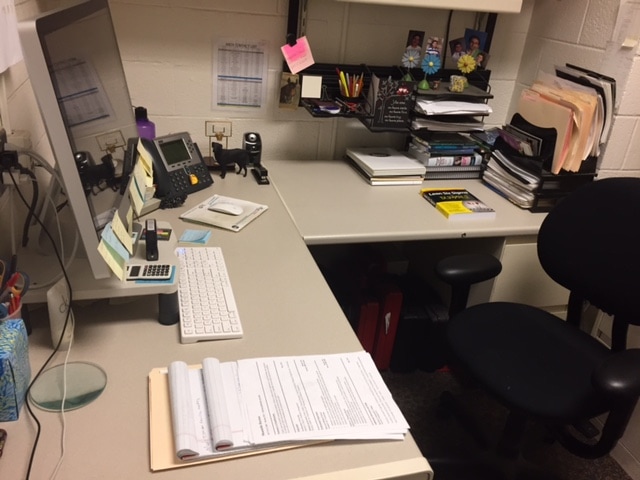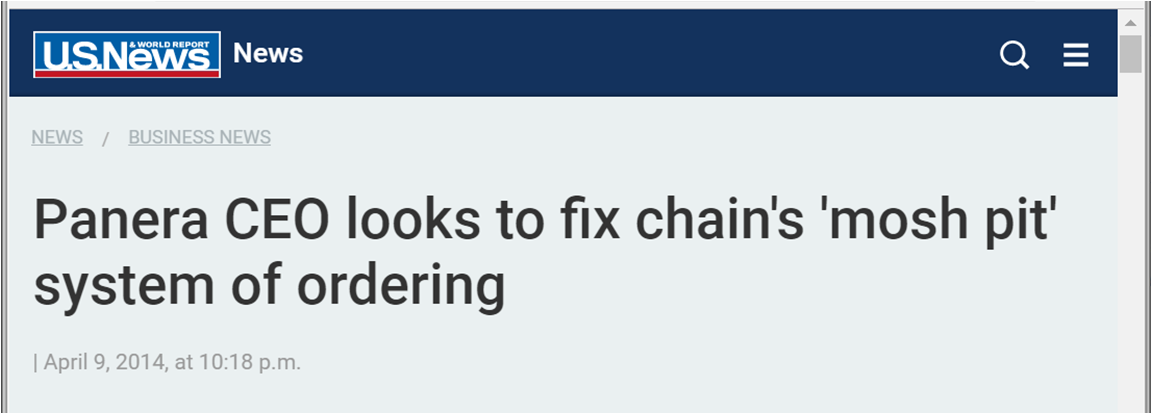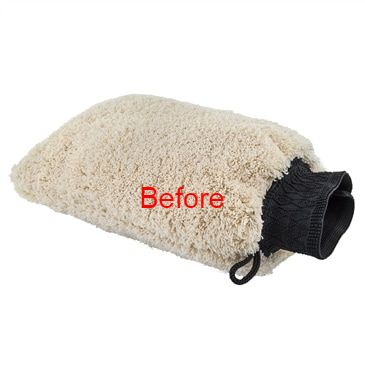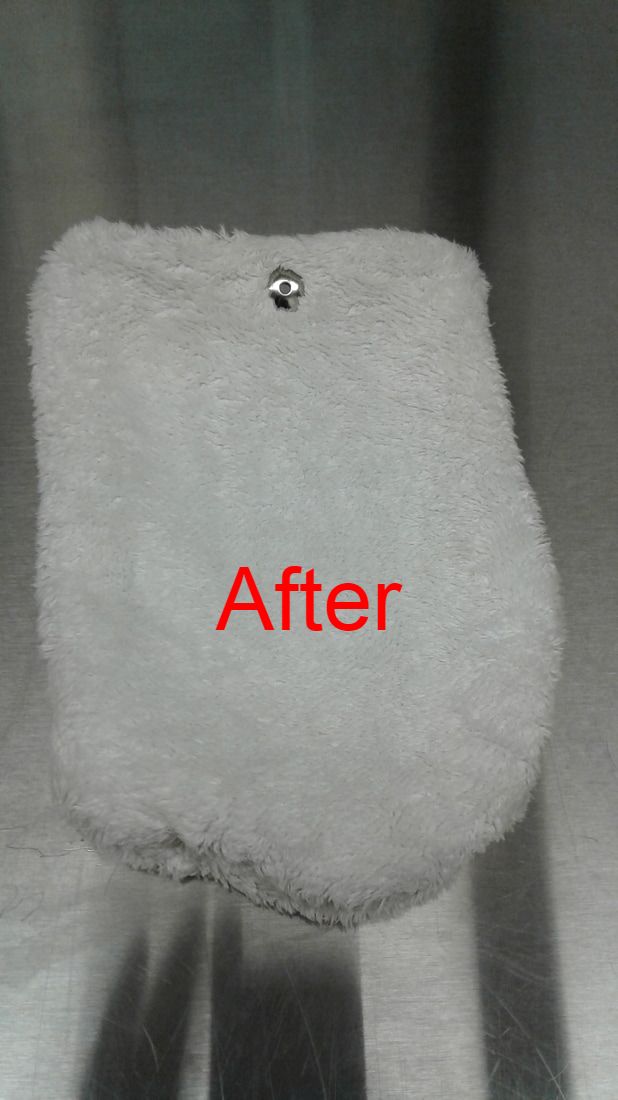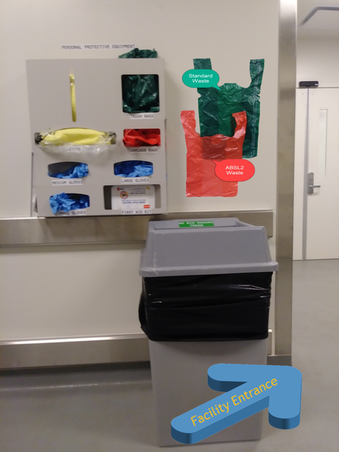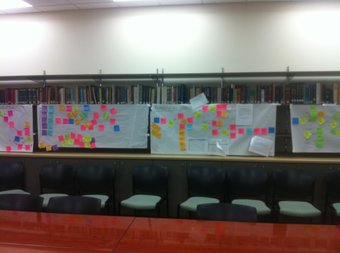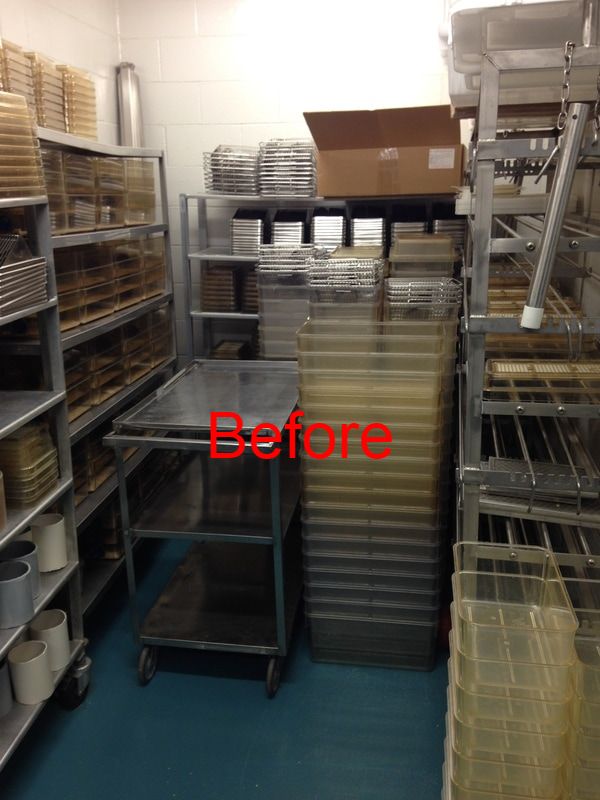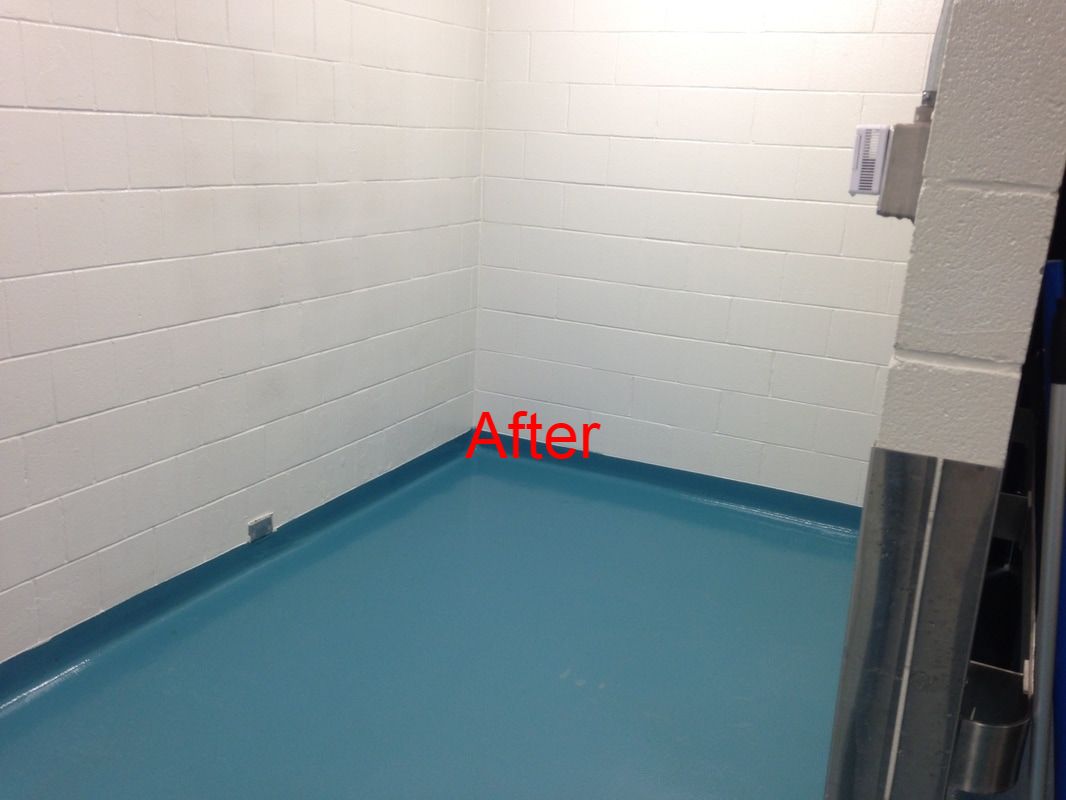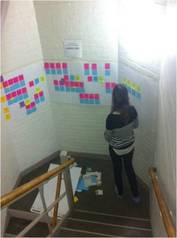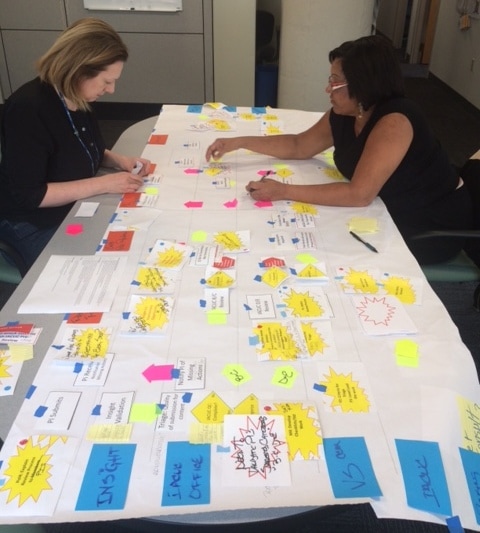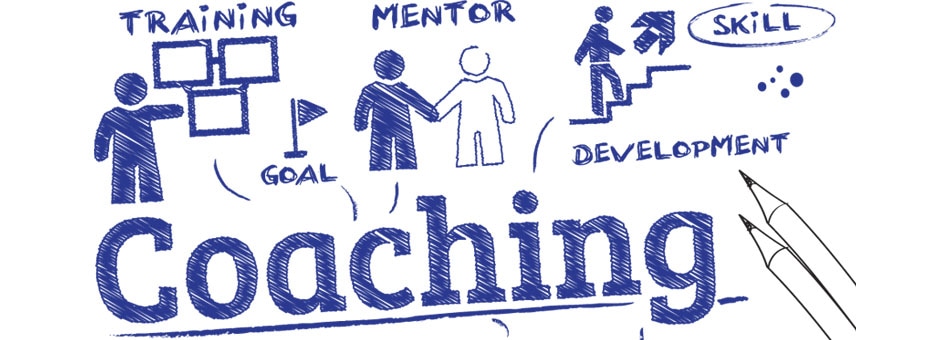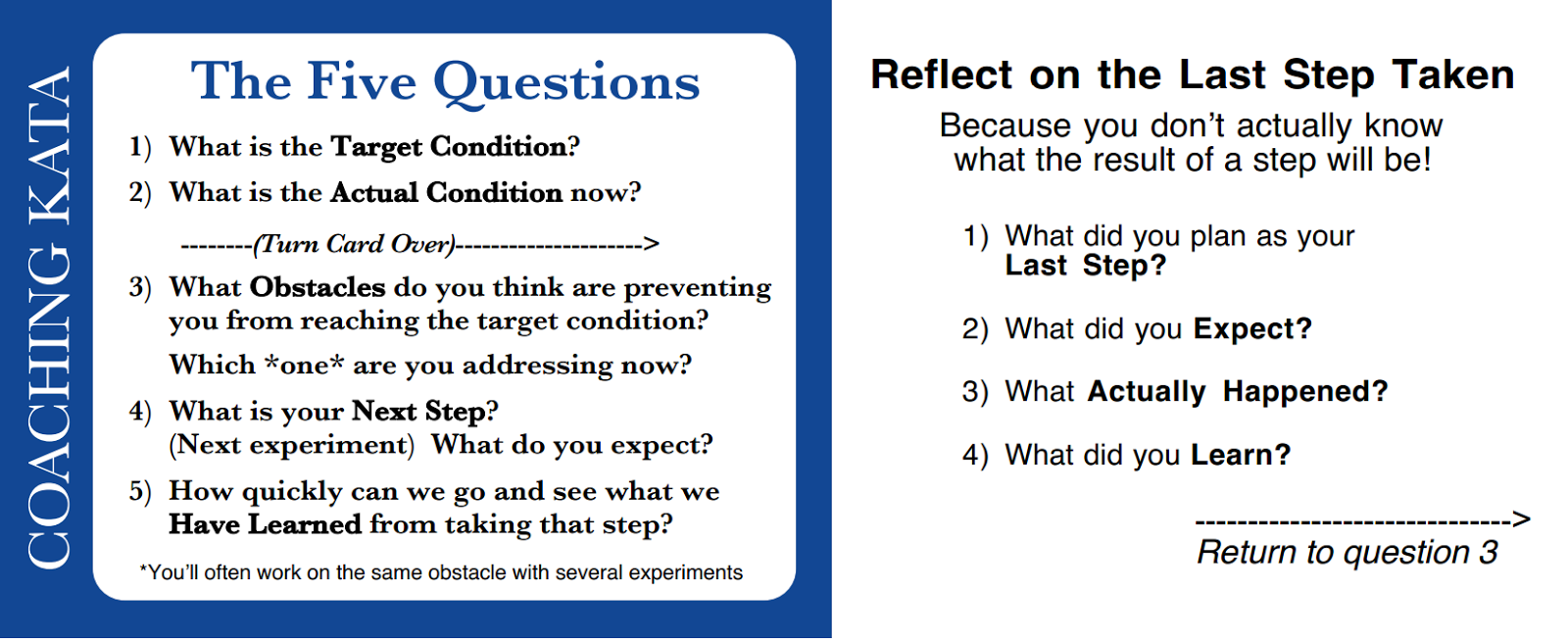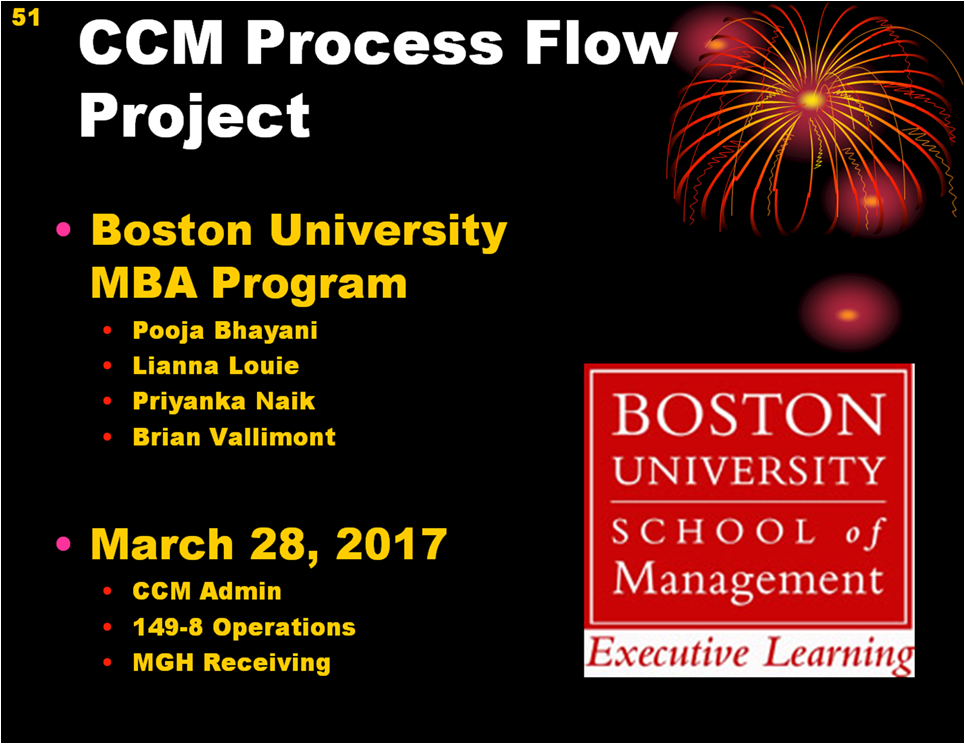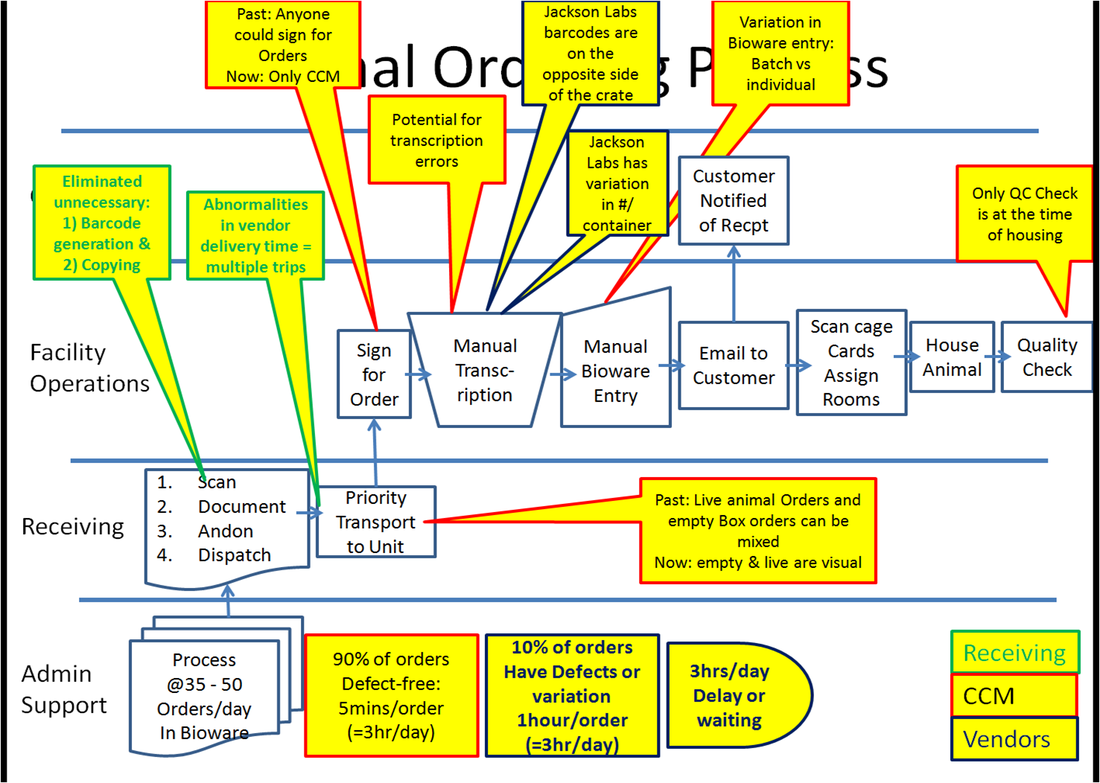|
Organizations from around the world are working on Continuous Improvement Projects to improve operations and accelerate research. We welcome all VOE-Network members to share their ideas, projects and improvements. The worldwide Lean community encourages the "shameless stealing" of ideas from each other. Since we all have similar problems, we encourage members to share and steal ideas. Contact fellow members to understand the problem they were solving, their approach, how they reached that particular solution and the benefit.
Please send your photos and explanation to: [email protected] |
University of Toronto, Canada
|
2 Deadly Wastes: "Waiting" for system "Defects" causing Rework
The principles of "WASTE" can be found in every facet of daily work. We often accept administrative WASTEs we experience on a daily if not hourly basis. The wonders of technology have introduced both efficiency and WASTE to our processes. |
This is an awesome example of how technology as forced us to become tolerant of defects.
"This photo shows my computer. The email software crashes about every other morning and results in me having to re write emails. It’s a loss of time to do other things, delay on responding to researcher emails. An overall waste." Ouch. What would you do? |
Visual Workplace:
This photo is of our veterinary consult process. It informs staff, students and researchers the process by which animal health cases are identified and tracked. |
|
WOW!
Simple thinking at its best! Before Pic: Rat cages-we handled these cages at least 5 times before the techs could use them. This is a waste of time and motion. After Pic: We converted some shelf racks to be more ergonomic, maximize storage space, streamline wash up processes and reduced time to provide the vet techs with clean caging |
Center for Phenogenomics, Canada
|
Visual Controls
"A picture is worth a thousand words" Many of us are visual learners. Visual Controls are used extensively to influence behavior and to provide a visual reference to quickly establish the process to be followed. Visual controls are extremely useful in the vivaria where researchers may need to be in your facility to conduct research after hours. Rule of thumb: use Visual Controls to "answer the question before it's asked". |
|
Workplace organization
A time study in a major hospital revealed that animal technicians can spend up to 40% of their time looking for things or information needed to provide value to the customer. When several people rely on the same process or supplies, not being able to locate "stuff" creates insidious waste and staff frustration. Organizing and standardizing work and supply areas as a team can eliminate thousands of hours of lost worktime, disposal of expired material, and gives more time back to the animals we care for. Rule of Thumb: Workplace Organization ensures that "Exactly what you need is exactly where ad exactly when you need it." |
|
Workstation Before 5S
-Space completely disorganized -Several yearly planners kept -No set number/kinds of writing utensils -Printer at an awkward height for continued use -Disorderly appearance since nothing has a set place -Unused cords, papers, devices lying around and taking up space -Cords disorganized and prone to tangling |
Workstation After 5S
-Standardized placement of tools needed for daily work -Wireless versions of scanner utilized to reduce movement of cart -Set number of pens, pencils, markers, stapler, scissors, notebook and calendar, each labeled with its location in the cart for easy location and storing -Printer raised to limit bending at awkward height -Screen mounted on telescoping arm to facilitate different heights -Clutter removed to maintain, and encourage, a neat, organized working space |
|
"Non-Value Added / Essential"
Preventative maintenance of the autoclave is NVA-E. While maintenance is NVA to the customer, the ramifications of a catastrophic machine failure can paralyze a vivarium. The customer ultimately pays for that failure in time and quality. Rule of Thumb: "The benefits of Total Preventative Maintenance (TPM) to operations always benefits the customer." |
Boston's Childrens Hospital
|
Visual Workplace...made simple
‘Visual’ is what we did in our storage area. Designating a location for every item, leading to better organization. We actually do have something on an order sheet we refined that documents actual number limits for orders well, so we do not over-order. Staff comments: "this eliminates extra time putting items away/finding homes for things, and eliminates time for finding supplies." |
|
From gridlock...
"In this BEFORE picture it shows one of our storage rooms coming off our “Clean” elevator. This is the place where everyone just “Pushes” all items that come out of our cage wash room along with Racks. All sorts of mixed items here such as ACS Racks, Sanitization buckets & Poles, mop buckets and random broken cages/supplies that need to be repaired (waiting on parts)..." |
To sanity...
"...in this AFTER picture you can see we removed all the racks, mop buckets and MISC items and gave them homes. The sanitization buckets we had them stacked. We also organized the broken cages on the right side and removed the pallets they were stored on which save us square footage on the floor." |
A Day in the Life of...
|
"Attached is my before and after photos of my desk, and meeting notes. I organized meeting notes into a notebook/ meeting. Each meeting agenda note is written in black, and the answer/follow up is written in a different color during the meeting as items are discussed. All my priority " to-dos" are listed on the post it, with some cheer oil to get me through the day." |
|
Where can I find?
'Before' happened this last week as my ability to multitask hit an all time low. Too much paper everywhere made it difficult to find what I was looking for. ‘After’ is once organized into files and placed into the plastic holder, I not can reach for what I want when I want it. While this helped enormously, after trying this I decided to order flat trays to place across the desk as I think the visual cues will be better for me. Rule of Thumb: Workplace Organization brings out the inner OCD in everybody in a very good way. |
|
Chaos Theory...
As you can see from the Before and After picture of my work area, being organized, utilizing folders, notebooks and knowing where things are helps me work more efficiently and... |
Frantic-less...
...I am less apt to lose things, misplace things and I have the ability to keep myself on track..." |
"When Customer Service isn't..."
|
Submitted by White Belt Student:
Quick Food Restaurant food ordering line:
|
"...how can we get vivarium operations to look more like this:"
|
University of Houston
|
Problem:
"Our surrogate covers for the NHP infants are constantly fraying and therefore, have to be trimmed after every wash and dry cycle." It also poses a health risk (choking) to the NHP infants since the snaps do not stay on the elastic very well. The issue (waste) with these is that we need to rework and repair each cover after every cleaning; excessive processing and the animal safety issues with the snaps. |
Countermeasure:
"We removed the elastic band and created a new seam by folding the material inward and placing the snap there. This greatly reduces the possibility of the snap coming loose (safety) and eliminates the problem of trimming the frayed elastic (rework) which can easily become wrapped around NHP infant fingers (animal welfare)." Rule of Thumb: The 8 most dangerous words in the English Language: "Because it's the way we've always done it..." ...rethink everything! |
University of Houston
|
"Eliminate the Star Player"
We eliminated trash cans in our facility and all the effort associated with them by placing t-shirt bags in our PPE station near the entrance of the facility. Our users take the empty bag in, and they bring the used bag out depositing it in the trash outside the facility or ABSL2 waste can in our necropsy room. |
Medical College of Wisconsin
|
Kaizen Boards: make it visual!
Making projects visible is as important as making processes visual. The folks at the Medical College of Wisconsin display the projects they are currently working on as a dynamic interactive experience. Many organizations are adopting Toyota's "Obeya Room" concept where a dedicated space is devoted to holding daily huddles and problem-solving sessions by all roles in the department. At one VOE-Network Member organization, the daily Front-line huddle is held in this area from 7:30 - 8:00; the Managers Huddle is held in this area from 8:00 - 8:30 and the Senior Leadership Huddle is held in this area from 9:00 to 9:30 daily. Talk about real-time problem-solving! |
McGill University, Montreal, Canada
|
Hiding waste in plain sight! 5S!
How many of us have rooms devoted to "extra stuff"? At McGill, they saw this room, as a gold mine bursting with opportunity. When asking "Why, Why, Why, Why, Why..." light bulbs go off, real-time Problem-solving happens and the problems "hidden in the stuff" get addressed. Rule of Thumb: If there is more than one day's supply of anything...the waste is staring you in the face... |
Lean Antidote: "the 5S System"
McGill asked themselves:
|
Mass General Hospital, Boston
|
Process Flow Charts: make it visual!
Every process has a flow. Mapping out that flow allows everyone to visualize it and participate in their part of the flow. When wall space becomes scarce...there's always the staircase. In this picture, facility staff is using 3 levels of the staircase to map out the flow of cagewash: Current State, Ideal State and Future State. |
IACUC Flow: make it visual!
Yes, even IACUC can benefit from a structured Continuous Improvement approach. By mapping out all the steps in the 10-year-old duct taped Protocol Approval Process, we can clearly see where there's ambiguity, where roles collide, where hand-offs fail, where rework happens and where customers get frustrated. Mapping makes the issues real and pop off the page. Rule of Thumb: "Post-its are your friend; always focus on the process not on the people..." |
Food for thought...about workplace organization...and coaching...
|
Workplace Organization: Simple & Elegant!
Many people say that Lean concepts are just "common sense". We all know that common sense can be a great example of an oxymoron. We've just seen great examples of a simple approach to Workplace Organization. Simple labeling can instruct both where things go and where things do NOT go. |
Building on this fundamental concept, the Lean coach may take this opportunity to acknowledge the improvement and to help the team think and grow with questions such as:
|
"This is a terrific improvement; what did you learn?
|
Walking a simple process...
|
MBA Students from Boston University requested to analyze a process at MGH that could be observed end-to-end in 4 hours and may have opportunities for improvement. We chose the "animal ordering and receiving" process and we walked the process in reverse from the receiving dock to the computer ordering process.
What we discovered was a 15-year old process that "worked" but had obvious vendor issues, transcription issues, and variation that could cause errors. This was a classic "its the way we have always done it" process that revealed 15 years of hidden work-arounds, tolerance, band-aides and angst caused by various vendors and institutions that can be avoidable. The project is a work-in-process... |
| |||||||

